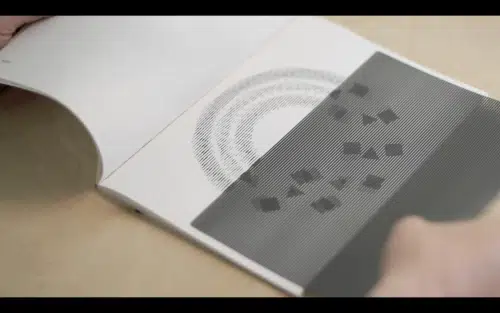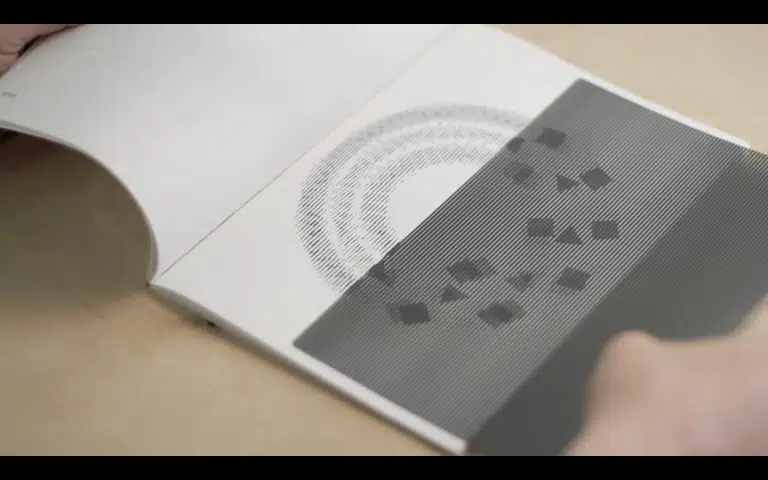
You’re overseeing the delivery of supplies to a rebel base in the heart of enemy territory. To get past customs, all packages must follow this rule: if a box is marked with an even number on the bottom, it must be sealed with a red top. One of the four boxes was sealed incorrectly, but they lost track of which one. Can you figure out which box it is and save the day? Alex Gendler shows how.
Transcript:
You’re overseeing the delivery of crucial supplies to a rebel base deep in the heart of enemy territory. To get past Imperial customs, all packages must follow a strict protocol: if a box is marked with an even number on the bottom, it must be sealed with a red top.
The boxes are already being loaded onto the transport when you receive an urgent message. One of the four boxes was sealed incorrectly, but they lost track of which one. All the boxes are still on the conveyor belt. Two are facing down: one marked with a four, and one with a seven. The other two are facing up: one with a black top, another with a red one.
You know that any violation of the protocol will get the entire shipment confiscated and put your allies in grave danger. But any boxes you pull off for inspection won’t make it onto this delivery run, depriving the rebels of critically needed supplies. The transport leaves in a few moments, with or without its cargo. Which box or boxes should you grab off the conveyor belt?
It may seem like you need to inspect all four boxes to see what’s on the other side of each. But in fact, only two of them matter.
Let’s look at the protocol again. All it says is that even-numbered boxes must have a red top. It doesn’t say anything about odd-numbered boxes, so we can just ignore the box marked with a seven. What about the box with a red top? Don’t we need to check that the number on the bottom is even? As it turns out, we don’t. The protocol says that if a box has an even number, then it should have a red top. It doesn’t say that only boxes with even numbers can have red tops, or that a box with a red top must have an even number. The requirement only goes in one direction. So we don’t need to check the box with the red lid. We do, however, need to check the one with the black lid, to make sure it wasn’t incorrectly placed on an even-numbered box.
If you initially assumed the rules imply a symmetrical match between the number on the box and the type of lid, you’re not alone. That error is so common, we even have a name for it: affirming the consequent, or the fallacy of the converse. This fallacy wrongly assumes that just because a certain condition is necessary for a given result, it must also be sufficient for it. For instance, having an atmosphere is a necessary condition for being a habitable planet. But this doesn’t mean that it’s a sufficient condition – planets like Venus have atmospheres but lack other criteria for habitability.
If that still seems hard to wrap your head around, let’s look at a slightly different problem. Imagine the boxes contain groceries. You see one marked for shipment to a steakhouse and one to a vegetarian restaurant. Then you see two more boxes turned upside down: one labeled as containing meat, and another as containing onions. Which ones do you need to check? Well, it’s easy – make sure the meat isn’t being shipped to the vegetarian restaurant, and that the box going there doesn’t contain meat. The onions can go to either place, and the box bound for the steakhouse can contain either product.
Why does this scenario seem easier? Formally, it’s the same problem – two possible conditions for the top of the box, and two for the bottom. But in this case, they’re based on familiar real-world needs, and we easily understand that while vegetarians only eat vegetables, they’re not the only ones who do so. In the original problem, the rules seemed more arbitrary, and when they’re abstracted that way, the logical connections become harder to see.
In your case, you’ve managed to get enough supplies through to enable the resistance to fight another day. And you did it by thinking outside the box – both sides of it.










